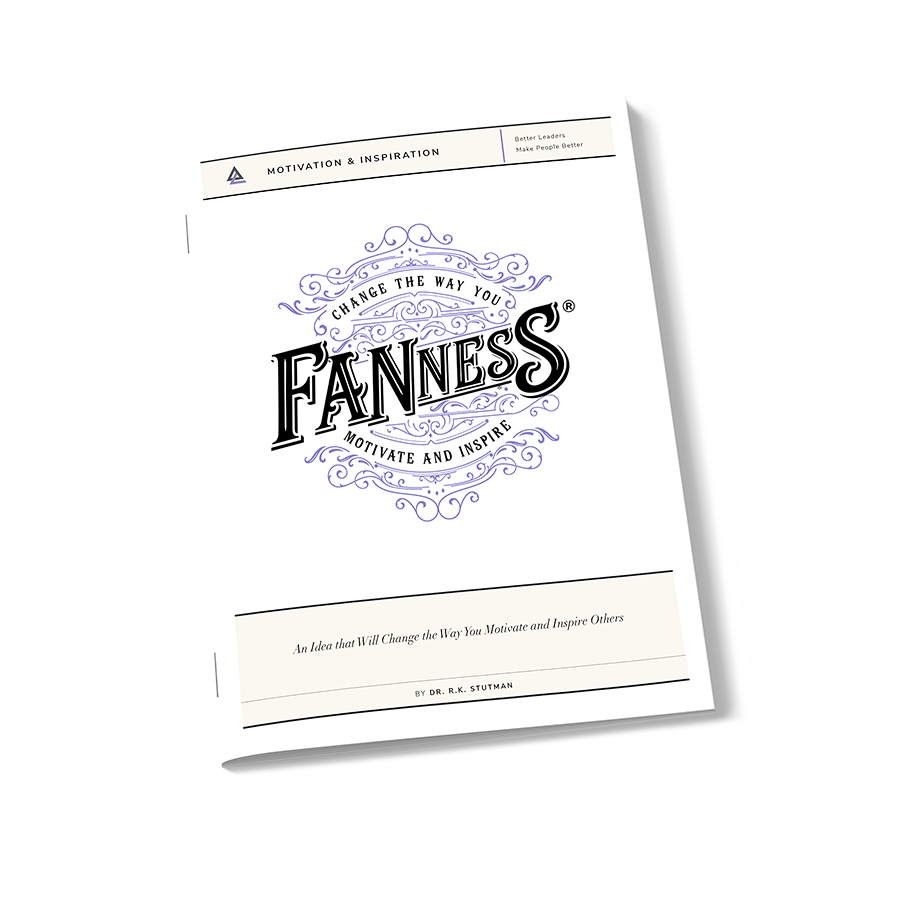Delivering a message others don’t want to hear isn’t easy for any leader, but it comes with the territory.
Good leaders deliver tough messages because it is inherent in their role as decision-makers.
Decisions and actions come with consequences. It is the leader’s job to communicate those choices and outcomes even when they know they will be unpopular for those negatively impacted.
If there is good advice about delivering a tough message, it goes like this: The bad news must come up front — in the first two sentences.
The first sentence explains the why, and the second sentence states the action or outcome.
This helps to keep tough messages simple, clear, and crisp. The idea is to create perfect clarity, not to get the message over with.
Stating the “Why” or reason behind the decision and then the action that follows doesn’t allow room for misinterpretation or a weakening of the decision.
This approach also requires the leader to know exactly what they want to say before they engage in the conversation. This clarity is essential for a resolution to whatever issue is involved.
Here are some examples of the “Why” followed by an action or outcome:
- “We have found a better price and a more agreeable contract, so we are not going to re-order your product.”
- “You’ve made some critical errors that have placed the project in jeopardy. As a result, we are taking you off the assignment.”
- “Your skills are not a good fit for our team, so we are going to make a change and find someone else.”
- “The coach doesn’t believe you are 100 percent committed to improving. That’s why you will be asked to sit on the bench this game.”
Far too often, leaders “think” their way through a tough message and create a mess in the process.
By knowing exactly what they want to say and communicating the heart of the message right away, the remainder of the conversation can be focused on how to implement the action or outcome.
In fact, good leaders move the conversation toward future implementation as quickly as they can.
After hearing of this strategy of stating the “why” and outcome in the first two sentences, some leaders believe this makes delivering the tough message even harder.
They claim it is better to “ease” into the message and allow people the room to debate or argue about the issue before landing on a decision.
This is true if a decision hasn’t been made or an action has yet to be formulated.
In that case, exploring the issue by listening intently to what the other party believes about the issue and what has occurred is the best course by far.
But that suggests a tough message is not required yet, although the conversation may portend one.
When an unpopular decision has been made for known and rational reasons, putting the message upfront projects integrity, candidness, and firmness.
It produces the clarity and deep respect that the other party requires.
Waiting to get to the point is akin to ripping off the band-aid slowly. It is usually much more painful for both parties.
Placing the bad news up front with the “why” followed by an action doesn’t prevent a leader from setting the stage for the message and helping others get prepared to hear something uncomfortable.
Telling others that this will be a difficult conversation before entering it is a wise approach. But then, good leaders get right to the point.
If the decision or action can’t be negotiated, then a leader’s integrity won’t let it unfold any other way.

